Facts
The Tobacco Industry is against everything Syke stands for.
Check out the facts below
to see why you should support Syke and a tobacco-free scene.

FACT:
Tobacco leaches the soil of many nutrients, so fertilizers and pesticides are heavily used in tobacco production. These chemicals endanger workers and create runoff that pollutes the environment.
SOURCE: Eriksen, M., Mackay, J., & Ross, H. (2012, p.52). The Tobacco Atlas (4th ed.). Atlanta, GA: American Cancer Society. New York, NY: World Lung Foundation.
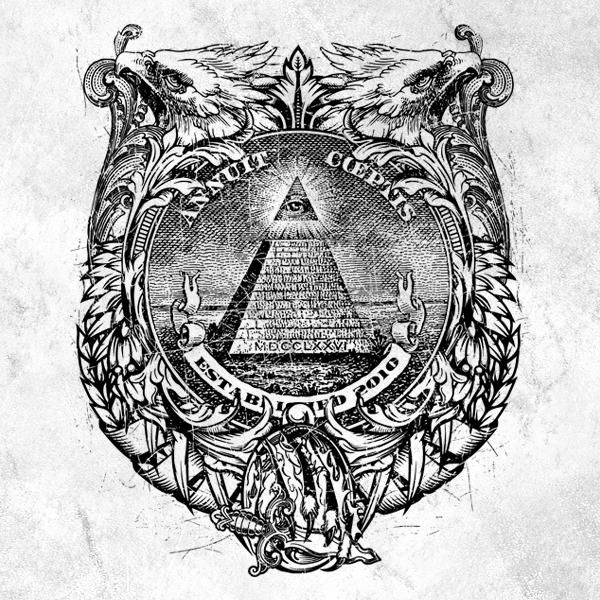
FACT:
Annual tobacco industry profits amount to $6,000 for every person whom their products kill worldwide.
SOURCE: World Lung Foundation. (2012). New Tobacco Atlas Estimates U.S. $35 Billion Tobacco Industry Profits and Almost 6 Million Annual Deaths. New York, NY: World Lung Foundation. http://www.cdc.gov/tobacco/data_statistics/sgr/2010/consumer_booklet/pdfs/consumer.pdf 2014 US Surgeon General Report (page 148: http://www.worldlungfoundation.org/ht/display/ReleaseDetails/i/20439/pid/6858

FACT:
Exposure to secondhand smoke causes nearly 42,000 deaths each year among adults in the United States:
- Secondhand smoke causes 7,333 annual deaths among U.S. adults from lung cancer.
- Secondhand smoke causes 33,951 annual deaths among U.S. adults from heart disease.
SOURCE: U.S. Department of Health and Human Services (USDHHS). (2014, p.665). The Health Consequences of Smoking—50 Years of Progress. A Report of the Surgeon General. Atlanta: U.S. Department of Health and Human Services, Centers for Disease Control and Prevention, National Center for Chronic Disease Prevention and Health Promotion, Office on Smoking and Health. http://www.cdc.gov/tobacco/data_statistics/sgr/2010/consumer_booklet/pdfs/consumer.pdf 2014 US Surgeon General Report (page 148: http://www.surgeongeneral.gov/library/reports/50-years-of-progress/full-report.pdf

FACT:
Tobacco production damages the environment and diverts agricultural land that could be used to grow food. If all of the tobacco farms were turned into food farms, millions of people could be fed.
SOURCE: Eriksen, M., Mackay, J., & Ross, H. (2012, p.52). The Tobacco Atlas (4th ed.). Atlanta, GA: American Cancer Society. New York, NY: World Lung Foundation.
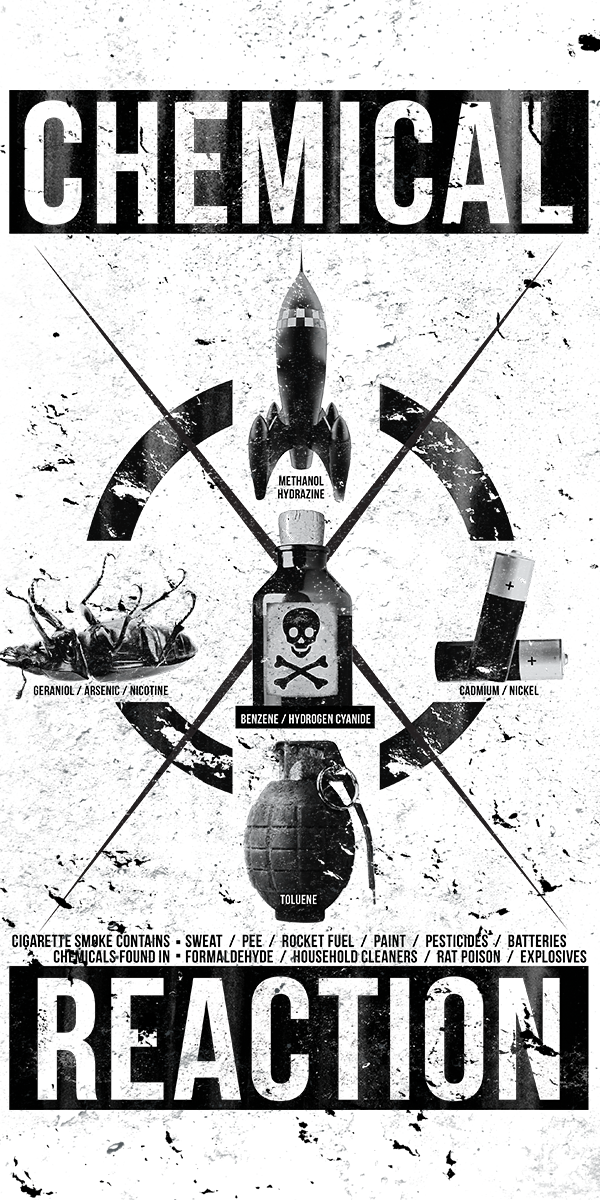
FACT:
The tobacco industry adds chemicals like the ones listed below to make cigarettes more addictive, easier to smoke, and better tasting. A puff of cigarette smoke contains over 7,000 chemicals.
- Toluene (found in paint thinners)
- Formaldehyde (used to preserve dead bodies)
- Benzene (found in gasoline)
- Hydrazine (found in rocket fuel)
- Cadmium (found in batteries)
- Methanol (found in antifreeze)
- Urea (found in urine)
- Ammonia (found in cleaning supplies)
SOURCE: U.S. Department of Health and Human Services (USDHHS). (2010). A Report of the Surgeon General: How Tobacco Smoke Causes Disease: What It Means to You (Consumer Booklet). Atlanta, GA: U.S. Department of Health and Human Services, Centers for Disease Control and Prevention, National Center for Chronic Disease Prevention and Health Promotion, Office on Smoking and Health. Pages 2 and 3. http://www.cdc.gov/tobacco/data_statistics/sgr/2010/consumer_booklet/pdfs/consumer.pdf 2014 US Surgeon General Report (page 148: http://www.surgeongeneral.gov/library/reports/50-years-of-progress/full-report.pdf)
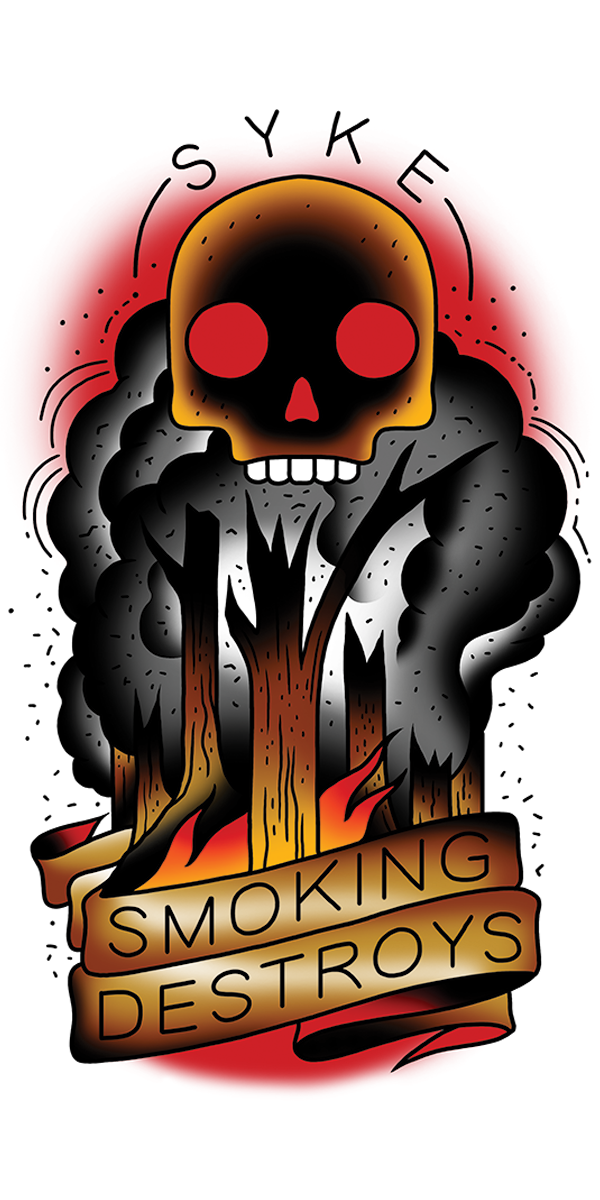
FACT:
Each year, 20,000 hectares (49,400 acres) of forest are cut down and burned in order to produce the heat required to dry tobacco leaves before they can be used in cigarettes.
SOURCE: Eriksen, M., Mackay, J., & Ross, H. (2012). The Tobacco Atlas (4th ed.). Atlanta, GA: American Cancer Society. New York, NY: World Lung Foundation.
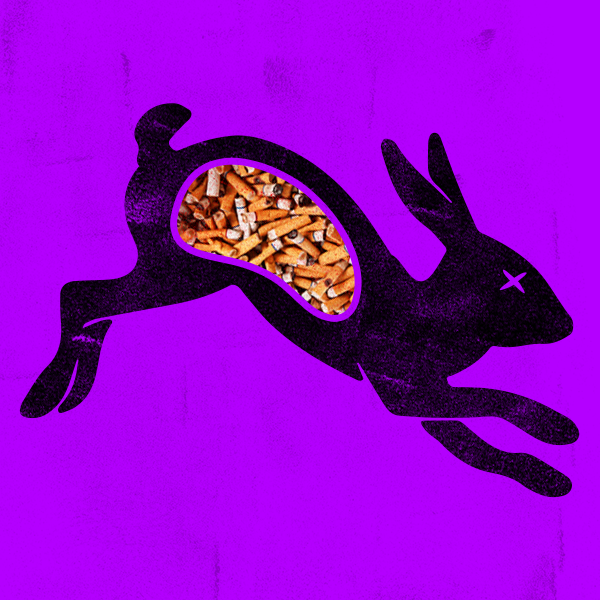
FACT:
Plastic pieces of cigarette butts have been found in the stomachs of marine creatures that mistake them for food. Land animals have also been killed after mistakenly eating cigarette butts.
SOURCE: National Oceanic and Atmospheric Administration (NOAA). (2012). Picking up 52.9 Million Plastic Cigarette Butts of Beaches. U.S. Department of Commerce, National Oceanic and Atmospheric Administration, National Ocean Service, Office of Response and Restoration. http://response.restoration.noaa.gov/about/media/picking-52-million-plastic-cigarette-butts-beaches.html Novotny, T.E., Hardin, S.N., Hovda, L.R., Novotny, D.J., McLean, M.K., & Khan, S. (2001, p.i17-p.i19). Tobacco and cigarette butt consumption in humans and animals. Tobacco Control, 20(Suppl 1), i17-i20. http://tobaccocontrol.bmj.com/content/20/Suppl_1/i17.full.pdf+html
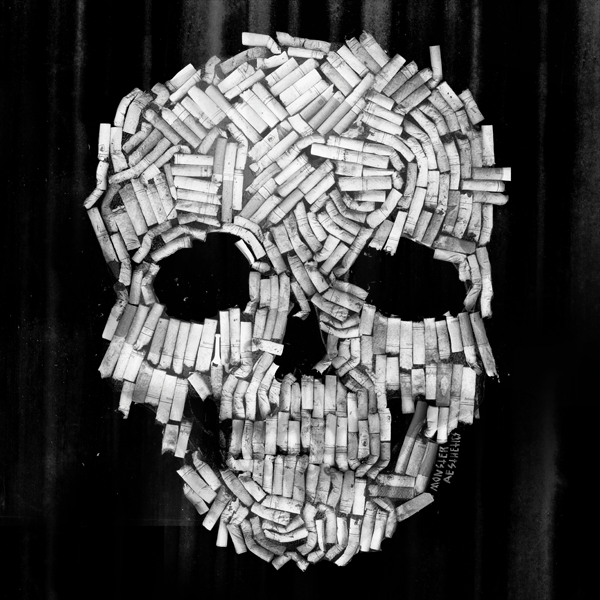
FACT:
An estimated 4.5 trillion cigarette butts are discarded annually, making them the most common type of litter on earth.
SOURCE: Bonanomi, G., Incerti, G., Cesarano, G., Gaglione, S.A., & Lanzotti, V. (2015). Cigarette Butt Decomposition and Associated Chemical Changes Assessed by 13C CPMAS NMR. PLoS ONE, 10(1), e0117393. http://www.plosone.org/article/fetchObject.action?uri=info:doi/10.1371/journal.pone.0117393&representation=PDF
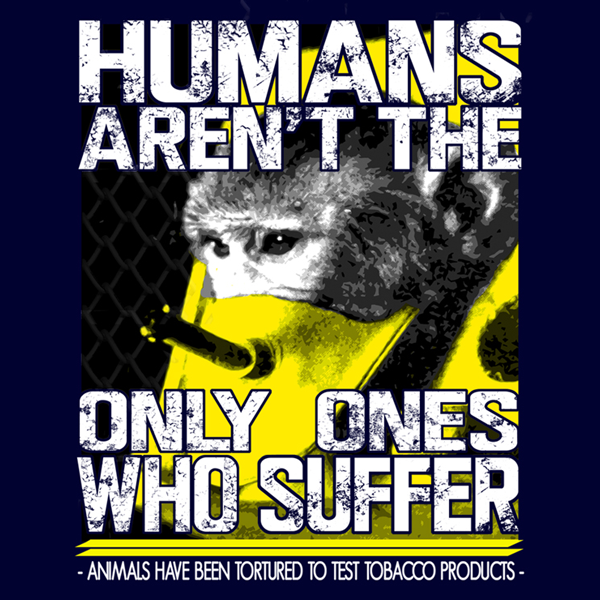
FACT:
Starting in the 1970s, Philip Morris set up a secret research laboratory in Germany where they conducted research on secondhand smoke, including animal testing on rats. Despite finding that secondhand smoke was harmful to health, Philip Morris hid the results and continued to state that secondhand smoke is not harmful.
SOURCE: Diethelm, P.A., Rielle, J., & McKee, M. (2005). The whole truth and nothing but the
truth? The research that Philip Morris did not want you to see. Lancet, 366: 86-92.
* This fact is a general summary of the source. An appropriate excerpt might be
“Philip Morris was, contrary to its contemporary public statements, aware of the greater
health risks posed by sidestream smoke from the early 1980s. However, the company appears to
have chosen not to publish this even as it was conducting research to refute emerging
evidence about the dangers of passive smoking.” (page 90, right column, second paragraph)
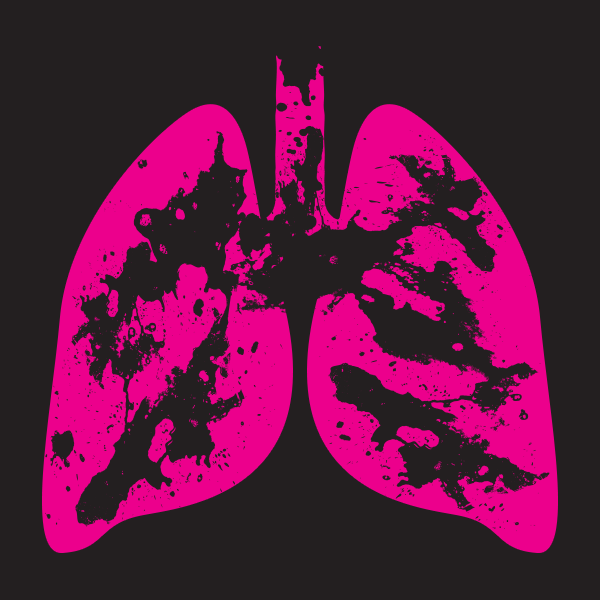
FACT:
A typical hookah session exposes you to almost 2 times as much nicotine, 8 times more carbon monoxide, and 36 times more tar than a cigarette. In a typical hookah session, you can inhale as much carbon monoxide as if you had smoked 11 cigarettes.
SOURCE: Cobb, C., Ward, K.D., Maziak, W., Shihadeh, A.L., Eissenberg, T. (2010, table 2). Waterpipe tobacco smoking: an emerging health crisis in the United States. American Journal of Health Behavior, 34(3), 275-285. http://www.ncbi.nlm.nih.gov/pmc/articles/PMC3215592/. Shihadeh, A., & Saleh, R. (2005, p.660). Polycyclic Aromatic Hydrocarbons, Carbon Monoxide, “Tar,” and Nicotine in the Mainstream Smoke Aerosol of Narghile Water Pipe. Food and Chemical Toxicology, 43(5), 655-661. Calculations: 143 mg of CO per hookah session / mean of 12.6 mg of CO per cigarette = 11.3 cigarettes.
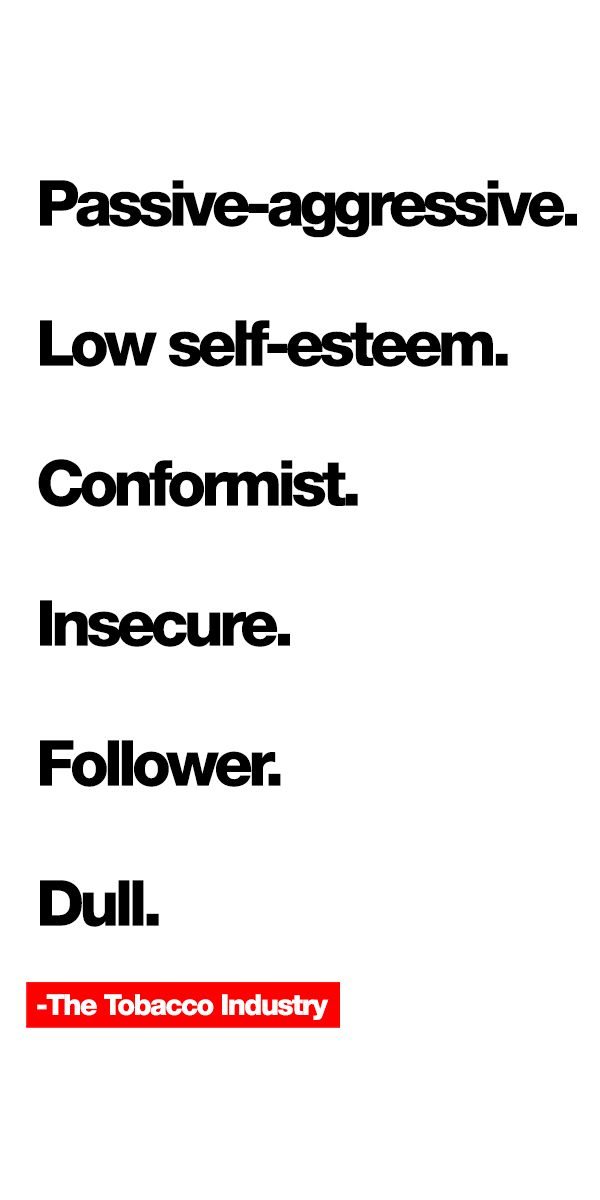
FACT:
The following terms are all taken from Big Tobacco’s files that have been used to describe their customers:
- Problems with their own self esteem
- Has menial, boring job
- Passive-aggressive
- Probably leads fairly dull existence
- Grooming not a strong priority
- Lacks inner resources
- Non-thinking
- Insecure follower
SOURCE: “Problems with their own self esteem” (page 5) - RJR; HUNTER CS. MARKETING RESEARCH REPORT. INNER CITY BLACK CREATIVE EXPLORATORY. MARKETING DOC. R. J. Reynolds. Legacy Tobacco Documents Library. January 16, 1989. Bates Number: 507119955/9990 http://legacy.library.ucsf.edu/tid/lsg28c00/pdf. “Not into Ideas” (Page 1) “Menial, boring jobs” (page 6) - RUNNING LIST OF YA CHARACTERISTICS. Legacy Tobacco Documents Library. R.J. Reynolds. 1988. Bates Number: 507350280/0288. http://legacy.library.ucsf.edu/tid/rtl28c00/pdf. “Insecure followers” (page 2 & 12) “Non-Thinking” (page 2) “Probably leads fairly dull existence” (page 3 & 20) - SMOKER PSYCHOGRAPHICS. Brown and Williamson. Legacy Tobacco Documents Library. April 1981. Bates Number: 549000992/1019 http://legacy.library.ucsf.edu/tid/rtl28c00/pdf. “Grooming not a strong priority” (page 15) “Lacks inner resources” (page 17 & 20) “Passive aggressive” (page 20) - MINDSET SEGMENTS. R.J. Reynolds Tobacco Company Documents. Legacy Tobacco Documents Library. R.J. Reynolds. January 3, 1991. Bate Number: 510320848/0876.http://legacy.library.ucsf.edu/tid/abr28c00/pdf.
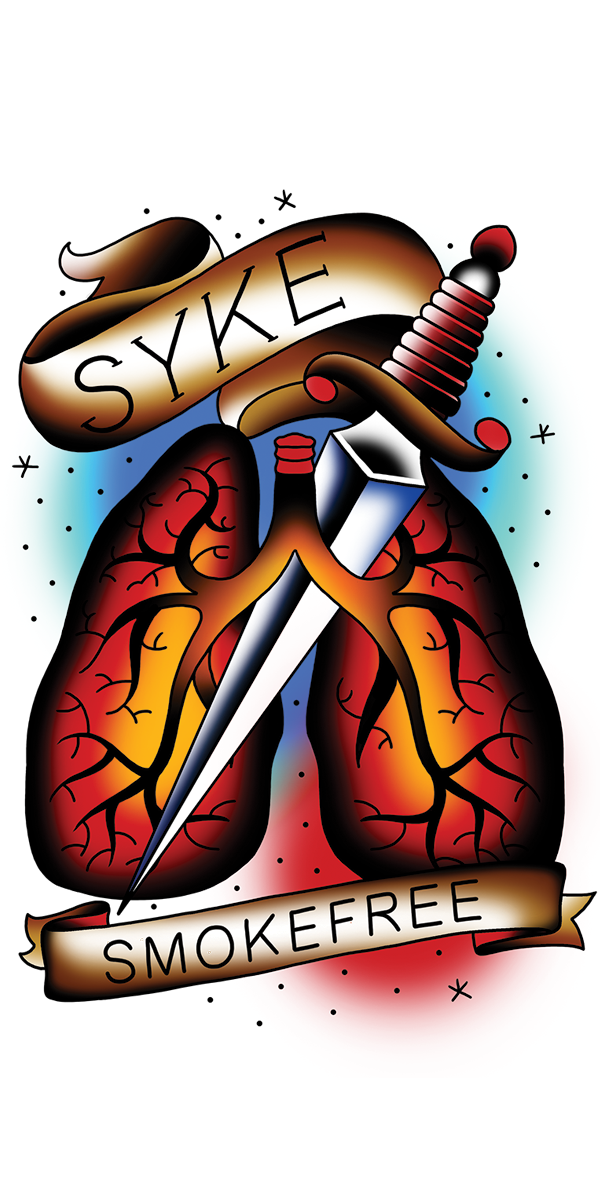
FACT:
While many hookah smokers may think this practice is less harmful than smoking cigarettes, hookah smoking has many of the same health risks as cigarette smoking.
SOURCE: Center for Disease Control and Prevention (CDC). (2013). Hookahs. Accessed 25 February, 2015. http://www.cdc.gov/tobacco/data_statistics/fact_sheets/tobacco_industry/hookahs/ American Lung Association (ALA). (2007, p.2). An Emerging Deadly Trend: Waterpipe Tobacco Use. Washington, DC: American Lung Association. http://www.lungusa2.org/embargo/slati/Trendalert_Waterpipes.pdf

FACT:
Water pipe smokers may absorb even more of the toxins also found in cigarette smoke than cigarette smokers do. This is because smoking sessions are longer and smokers puff more frequently. A typical 1-hour hookah session involves inhaling 100–200 times the volume of smoke from a single cigarette
SOURCE: Center for Disease Control and Prevention (CDC). (2013). Hookahs. Accessed 25 February, 2015. http://www.cdc.gov/tobacco/data_statistics/fact_sheets/tobacco_industry/hookahs/ World Health Organization (WHO). (2005, p.3, 5). Tobacco Regulation Advisory Note. Water Pipe Tobacco Smoking: Health Effects, Research Needs and Recommended Actions by Regulators . Geneva: World Health Organization, Tobacco Free Initiative. http://whqlibdoc.who.int/publications/2005/9241593857_eng.pdf?ua=1

FACT:
In 2013, 595,238 pounds of toxic chemicals were released into the air by tobacco product manufacturing facilities in the U.S
SOURCE: The Right-To-Know Network. (2014). TRI 312229: Other Tobacco Product Manufacturing Facilities (NAICS 312229) (2013). Accessed 26 February, 2015. http://www.rtknet.org/db/tri/tri.php?dbtype=C&naics=312229&corechem=n&rsei=y&sortp=D&detail=-1&datype=T&reptype=f&database=tri&reporting_year=2013&submit=GO
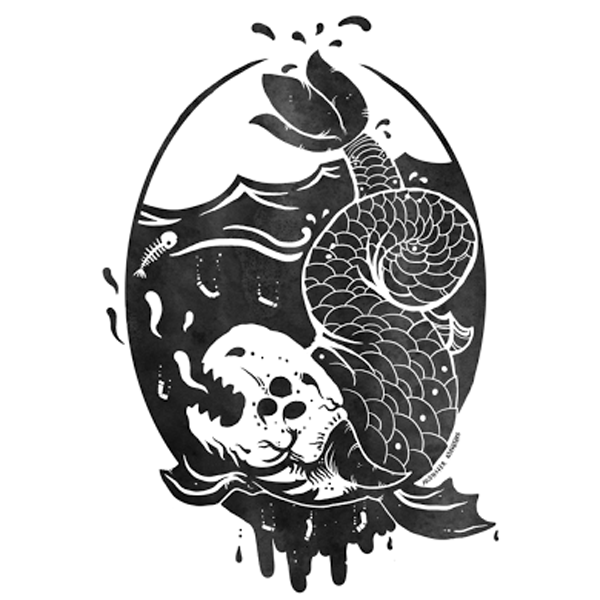
FACT:
When cigarette butts are littered in water, chemicals seep out of them that are toxic to aquatic life.
SOURCE: Eriksen, M., Mackay, J., & Ross, H. (2012, p.52). The Tobacco Atlas (4th ed.). Atlanta, GA: American Cancer Society. New York, NY: World Lung Foundation.

FACT:
In one study, beagles were given tracheostomies so that pipes could be inserted into their throats, forcing them to smoke.
SOURCE: Owen, T.B. (n.d.). Respiratory Impairment in Beagles Exposed to Cigarette Smoke. British American Tobacco. Bates No. 100247477.
